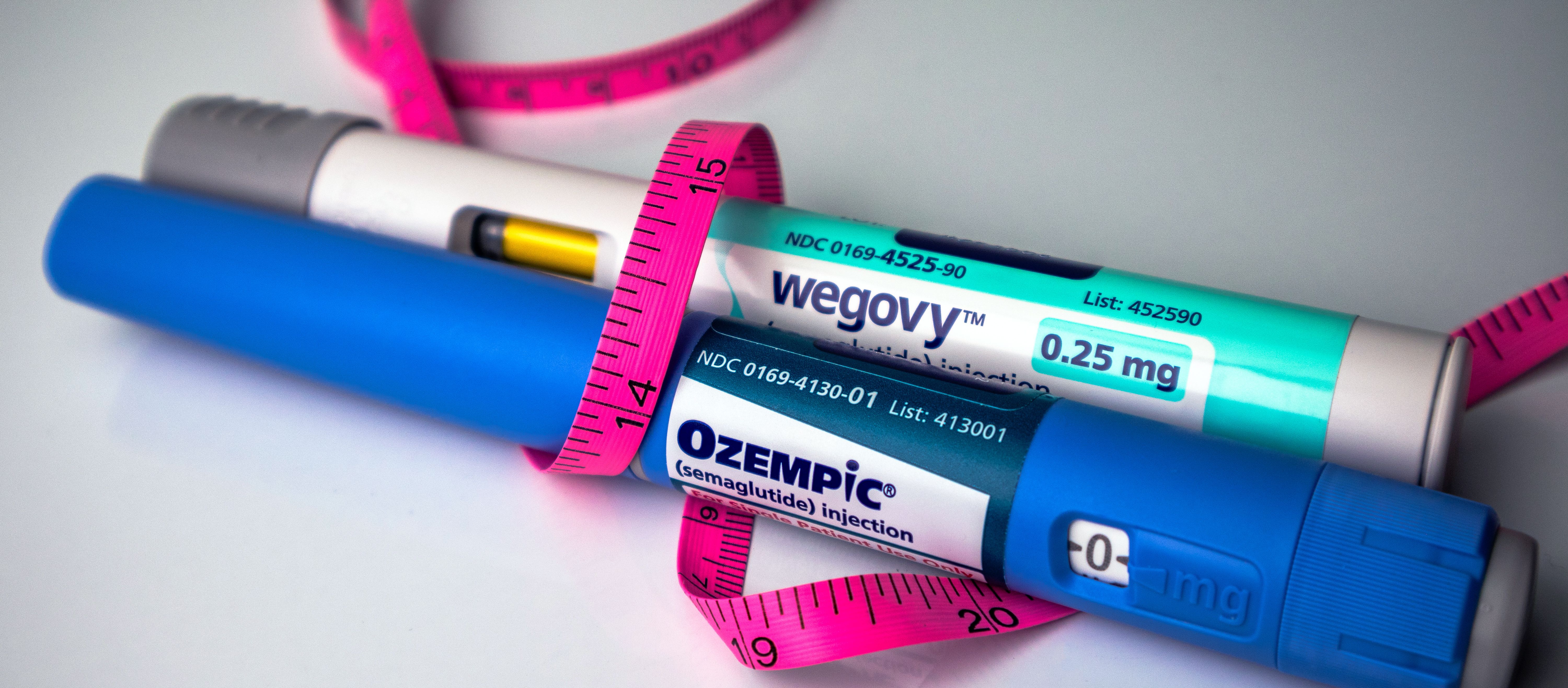Article
Systolic Blood Pressure of 140 mm Hg or Higher Should Be Treated to Prevent Death and CVD
Author(s):
A study published in JAMA Internal Medicine found that blood pressure (BP) lowering is associated with reduced risk of death and cardiovascular disease (CVD) if the baseline systolic blood pressure (SBP) is 140 mm Hg or higher. Treatment may be considered in patients with coronary heart disease and SBP under 140 mm Hg, but not for primary prevention.
Primary preventive blood pressure (BP) lowering is associated with reduced risk of death and cardiovascular disease (CVD) if the baseline systolic blood pressure (SBP) is 140 mm Hg or higher, according to a study published in JAMA Internal Medicine.
High BP is the most important risk factor for mortality and CVD worldwide. Existing guidelines recommend treating high BP to a SBP goal below 140 mm Hg.
“We performed a systematic review and meta-analysis to estimate the treatment effect of BP lowering on death and CVD across SBP levels,” wrote the authors of the study. “We aimed to achieve a more comprehensive study inclusion than previous meta-analyses, and we used nonstandardized methods, with risk ratios and SEs derived from raw data.”
The authors included trials with at least 1000 patient-years of follow-up that compared drugs with placebo or different BP targets against each other. Previous systematic reviews were assessed from PubMed, the Cochrane Database of Systematic Reviews, and the Database of Abstracts of Reviews of Effect (DARE). The authors then searched reference lists of the reviews for randomized clinical trials.
Randomized clinical trials published after November 1, 2015, were also queried in PubMed and the Cochrane Central Register for Controlled Trials during February 2017. They also accounted for risk of bias.
This resulted in 74 trials that corresponded to 306,273 unique participants and 1.2 million patient-years follow up.
The authors collected data on the numbers of participants, all-cause deaths, cardiovascular deaths, major cardiovascular events (MACE), coronary heart disease (CHD) events, strokes, heart failure events, and end-stage renal disease events.
In trials characterized as primary preventive, the association of BP-lowering treatment with MACE was dependent on the baseline SBP. In trials with a baseline SBP 160 mm Hg or higher, treatment was linked with a decreased risk for death (RR, 0.93; 95% CI, 0.87-1.00) and a significant reduction of MACE (RR, 0.78; 95% CI, 0.70-0.87).
For baseline SBP ranging from 140 mm Hg to 159 mm Hg, the association of treatment with mortality was similar (RR, 0.87; 95% CI, 0.75-1.00). However, the association with MACE was less distinct (RR, 0.88; 95% CI, 0.80-0.96). In trials with baseline SBP under 140 mm Hg, treatment was not associated with mortality (RR, 0.98; 95% CI, 0.90-1.06) and MACE (RR, 0.97; 95% CI, 0.90-1.04).
Trials that included participants with previous CHD and a mean baseline SBP of 138 mm Hg had showed an association between treatment and reduced risk for MACE (RR, 0.90; 95% CI, 0.84-0.97), but it was not associated with survival (RR, 0.98; 95% CI, 0.89-1.07).
“Treatment to lower BP is associated with a reduced risk in death and MACE if SBP is 140 mm Hg or above,” concluded the authors. “If SBP is below 140 mm Hg, treatment is not associated with any benefit in primary prevention, but may reduce the risk for several cardiovascular outcomes in people with previous CHD.”




